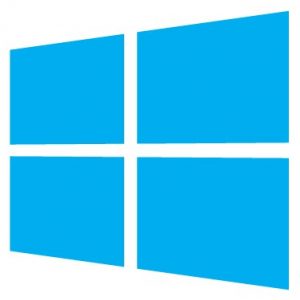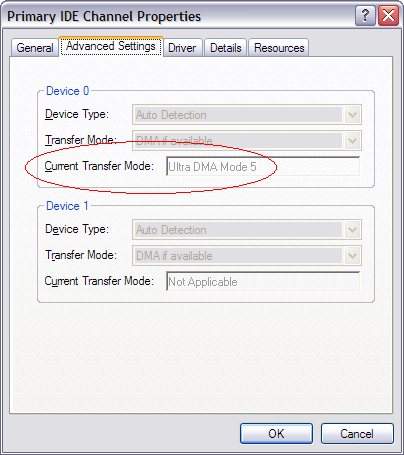But Windows 8 is moribund. DOA. Stillborn. It reminds me of something one of my most respected colleagues once said, "If you make something foolproof, only fools will want to use it". Microsoft has acknowledged that Windows 8 is not as successful as they had hoped. They're blaming everyone but themselves.
I am a software engineer by trade, and one of the most fundamental principles is, "Don't remove features!" The corollary is, "Try not to force users into a particular way of doing things". I've watched Bill Gates for thirty years. I know that he understands these principles. Under Gates' direction, Microsoft understood. But with Windows 8, they threw both of them under the bus. Bill Gates would be spinning in his grave, but he's not dead yet.
Windows 8 offers a new start screen, optimized for touch screens, such as the ones found on tablet computers and phones. Windows 8 needs to support these new technologies. But Microsoft still has many millions of customers who use traditional desktop machines. People with jobs that require them to sit at a desk and type on a keyboard.
I believe Windows 8 would have been much more successful if Microsoft had done two simple things:
- Don't remove the Start button! It would have been fine if the Start button had been disabled by default, but give us the option to re-instate it if we want. The total removal is dictatorial, pure and simple. People want control of their lives. They don't like dictators.
- Don't force us to use the Start screen! If someone's job involves desktop apps, don't make them have to dismiss the big green screen just to start working. Put the Start screen on the same footing as the desktop. In fact, the Windows behavior could change based on the computer's capability, and/or the docking state of the main computing unit.
Microsoft used to understand this. For four Windows generations, users could still use the Windows 95 look and feel. Many of my co-workers still use this, because it gives higher performance, and they just like the old design.
People are asking Microsoft to re-instate the Start button, but I'm afraid that ship has left the barn. That cow has sailed. Even before Windows 8 hit the streets, at least two (now six) independent software vendors introduced products designed to replace the Start button functionality in Windows 8. If Microsoft were to restore that feature in the OS, they would be in direct competition with these very popular products. Maybe MS could license them, but really Microsoft doesn't need third party software to implement something as simple as a pop-up menu on the task bar. To avoid lawsuits, they'd probably have to pay the Start button ISVs for damages.
Sorry Microsoft, it was an idiotic move. We're your customers. You're not the boss of us. You're just another OS vendor, in competition for our dollars. Customers vote with their dollars. I am typing this on a shiny new computer that I just built. I had a choice of purchasing Windows 7 or Windows 8. Guess which one I chose. I thought Windows 7 was the best Windows ever. It was Vista done right. Windows 8 could have been a continuation of that theme, but noooo...
Update: Microsoft is reportedly re-instating the Start menu in Windows 8.1. It is also reportedly going to add a "boot to desktop" feature. I won't say, "I told you so", but those were the two things I was ranting about.
Update: Um, no. I just installed 8.1. Microsoft did not re-instate the start menu. They merely re-instated the start button. It takes you to the Metro screen. Whoopee. No dice, M$. I didn't like your shiny new schizophrenic OS, and I still don't. I'm running Start Menu 8, and will continue to do so until M$ pulls their heads out. Why a company would alienate an installed base of millions is beyond me.
One last update: Microsoft got one thing right with the reinstated start button: you can right click it, and get a menu of some fairly useful stuff.
Update: Microsoft is reportedly re-instating the Start menu in Windows 8.1. It is also reportedly going to add a "boot to desktop" feature. I won't say, "I told you so", but those were the two things I was ranting about.
Update: Um, no. I just installed 8.1. Microsoft did not re-instate the start menu. They merely re-instated the start button. It takes you to the Metro screen. Whoopee. No dice, M$. I didn't like your shiny new schizophrenic OS, and I still don't. I'm running Start Menu 8, and will continue to do so until M$ pulls their heads out. Why a company would alienate an installed base of millions is beyond me.
One last update: Microsoft got one thing right with the reinstated start button: you can right click it, and get a menu of some fairly useful stuff.
- Programs and Features
- Power Options
- Event Viewer
- System
- Device Manager
- Network Connections
- Disk Management
- Computer Management
- Command Prompt
- Command Prompt (Administrator)
- ----------
- Task Manager
- Control Panel
- File Explorer
- Search
- Run
- ----------
- Shut Down or Sign Out > (the usual options)
- Desktop (cancels the menu?)
Okay, so that's almost useful. Worst case, I'll be right clicking for the run dialog all the time.

